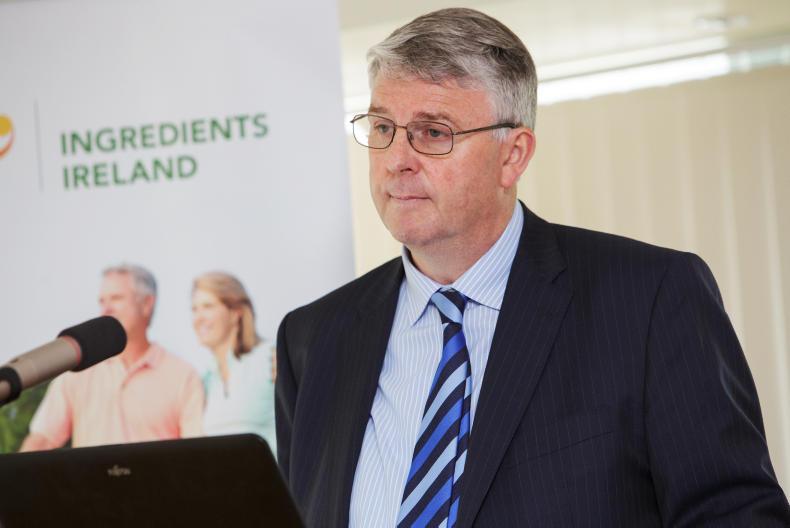Does monthly milk pricing work?
Given the volatility of dairy markets and the rapid expansion in milk supply, I think we have to re-evaluate the appropriateness of monthly milk pricing and consider if there are alternatives that work better. More than ever, farmers need line of sight on the true market situation for the months ahead. Trading cycles tend to be quarterly and implementation of strategic plans are multi-year, so it is worth looking to the other dairy exporters to assess why they have moved to quarterly and annual pricing. Changes, if any, would be debated within our representative structure before being implemented.
Do you accept the monthly milk league is a fair reflection of the Glanbia Ireland milk price?
In short, no, I don’t believe it fully reflects payments by Glanbia to our milk suppliers. The KPMG review for us is the true measure as it reflects the actual payments made for manufacturing milk to our farmers’ bank accounts. Only 12% of our farmers are actually paid the milk league headline price, with 88% benefiting from one or multiple schemes that are adding value to their businesses. I think some reflection is now required to explain the discrepancies between the KPMG results and the monthly league prices.
Does the 3.2% profit target limit Glanbia Ireland?
A consistent profit ensures that we have a strong business to support the long-term growth ambitions of our farmers. This consistent approach is particularly important in the post-quota era of strong supplier growth, significant investments in new plants, markets and innovation, against a backdrop of extreme market volatility.
Has the Glanbia model become overly complicated?
The new model, which was approved by 93% of the shareholders attending our SGM last year, will inevitably take some time for everybody to fully understand, but it is a model that can continue to deliver well for our suppliers and stakeholders. In the past five years, the Glanbia model has distributed over €700m to shareholders over and above milk price while simultaneously growing the value of the farmer owned co-op by another €500m. The model has also facilitated milk supply growth of 35% by our farmers, without any processing charges or levies, has delivered a strong and growing profit while paying one of the top milk prices in the country as independently reviewed by KPMG. It is a very transparent model where shareholders can clearly see how each element – co-op, plc and Glanbia Ireland – is performing for them.
In relation to our schemes, we work hard to focus on what is most important to our suppliers. For example, Glanbia is recognised as a global leader in the area of volatility management and almost all of our fixed milk price schemes are over-subscribed.
How will the next round of expansion at Glanbia be funded?
This is currently a topic of debate within our representative structure and will be decided by our board following a detailed evaluation. We will undertake a revised survey of our farmers so that we can capture any revisions made to their expansion plans and we will also consider the cost of developing new markets which is equally as important to investing in new capacity.
Has Belview delivered for dairy farmers?
Belview is the bedrock of our infant nutrition strategy. It is a key element of our milk processing infrastructure, processing 529m litres of milk in 2017, and is regarded as one of the top plants globally for the production of high-quality infant nutrition ingredients. The team in Belview continues to develop relationships with key infant nutrition customers, who are paying a premium for an increasing proportion of the plant’s output. We are also continuing to scale up our R&D programme in this and other areas.
Will Glanbia Ireland pay a six-month top-up this year?
Any such decision is a matter for our board. Each year has a different shape and we will optimise the management of market risk and optimal milk price over the year.










SHARING OPTIONS